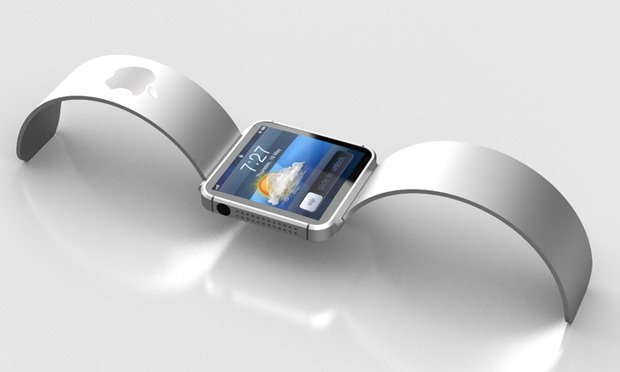Apple Inc., Fitbit Inc., Google Inc.—all developers of wearable technology—may soon overtake H&M and Ralph Lauren in workplace fashion. According to an article by Jonathan Cain, of Mintz, Levin, Cohn, Ferris, Glovsky and Popeo, it’s estimated that 90 million wearable data devices will be acquired by consumers in 2014. “Corporate human resources and IT policies are not ready for this flood,” he said. “WDDs present challenges to employers that are different than those they faced with smartphones and tablets.”
Cain suggests employers start now to adapt and put policies in place to deal with the influx. Here are some of his focus points to consider:
- Detection: Wearables aren’t always as detectable as smartphones, and this may be an issue. “A WDD that can record audio and video of employee interactions with co-workers and customers invokes a host of privacy, workplace and data security, and customer relations concerns,” he said. Policies should address this and outline what notice is required to coworkers and customers alike.
- Security: The wireless capability of wearables can compromise the security of corporate data, Cain explained, and as such, policies should delineate when wearables are allowed to connect with workplace wireless networks.
- Productivity: Wearables can be even more challenging than smartphones when it comes to differentiating work time and break time, since Google Glass can theoretically be worn and accessed throughout a workday.



